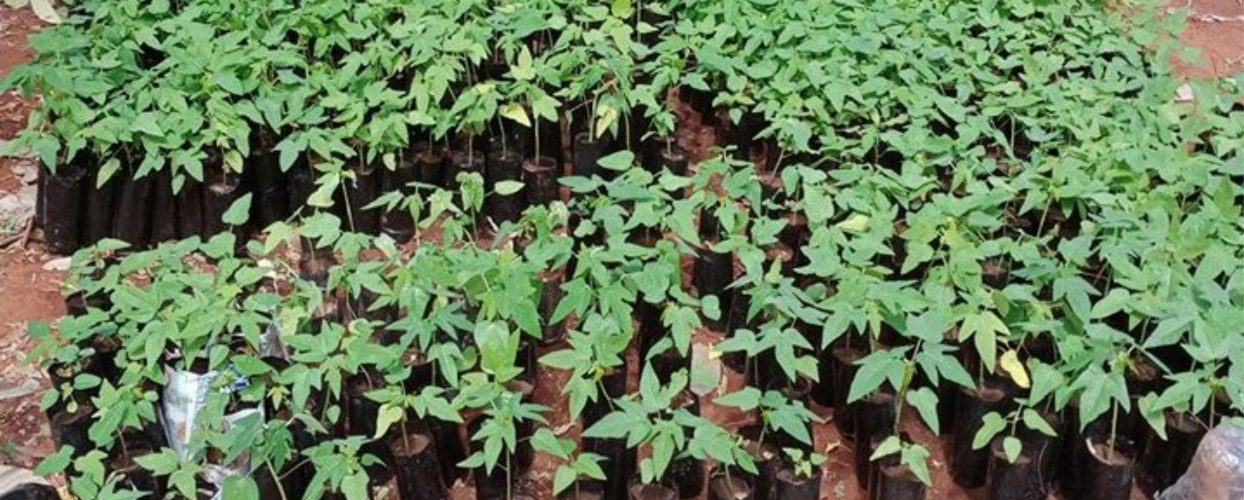As a charity which is primarily involved in the construction of schools we are very conscious that our work has an environmental impact. To mark Earth Day, we wanted to share with you some of the ways in which we work to minimise this impact and that of our partner schools, and to protect our precious planet.
Starting with our building projects, we are aware that the materials we use for these, especially cement and timber, can be very damaging to the natural environment. Unfortunately, alternatives can be expensive but we aim to minimise our use of both these materials whilst still maintaining a high-quality of build that is fit-for-purpose and remaining cost-effective and affordable. This includes by:
– Using steel rather than hardwood or softwood for door and window casements
– Using local quarry stone for flooring instead of concrete and cement
We also use stabilised soil bricks (SSB’s) in all our builds. These are a compressed mixture of soil and cement which are baked dry (or cured) in the sun, rather than burnt in a kiln which requires significant quantities of firewood. These bricks are made on-site using soil excavated from within the school compound (often from the trenches dug for building footings), eliminating the need for transport and further reducing their environmental impact.
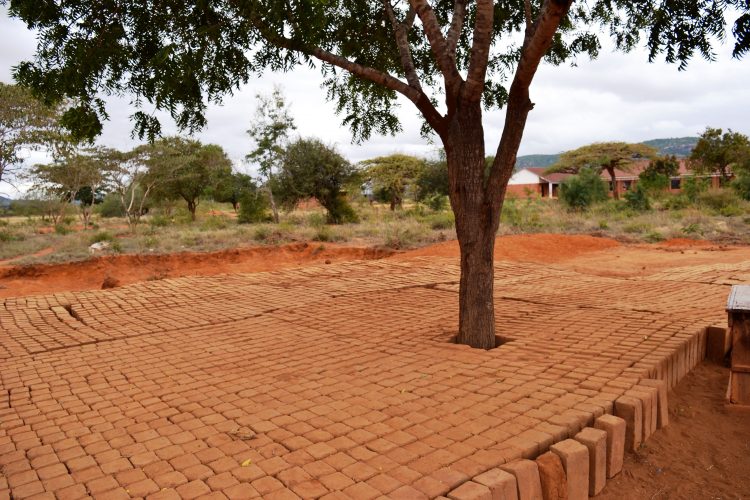
Bricks drying in the sun
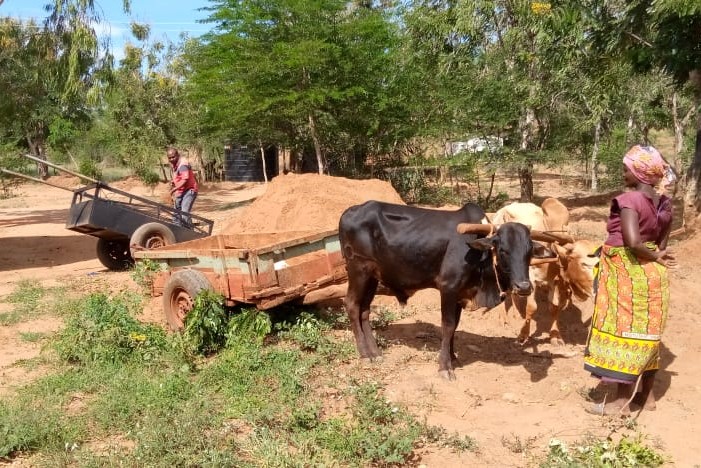
Local material transport
Where possible, especially when it comes to building aggregates such as stones, sand and ballast, we aim to use materials that are available locally (where that does not in itself cause environmental damage) as this minimises transport mileage and the harmful emissions associated with this. Often, where distances are not a factor, parents will carry these materials to school or use non-motorised transport such as hand- or bullock-carts.
When it comes to day-to-day operations of our partner schools, preparation of the lunch is an obvious activity that has negative environmental impacts. Schools in rural areas like those we work with rely on locally harvested firewood as a fuel source for cooking as alternative ‘clean’ energies such as gas or biogas are unaffordable or impractical. However, in each of our partner schools, and any new school we partner with, we install energy-saving stoves in school kitchens which can reduce the use of firewood by as much as 75% compared to traditional open fires and also require only small pieces of firewood rather than large limbs.
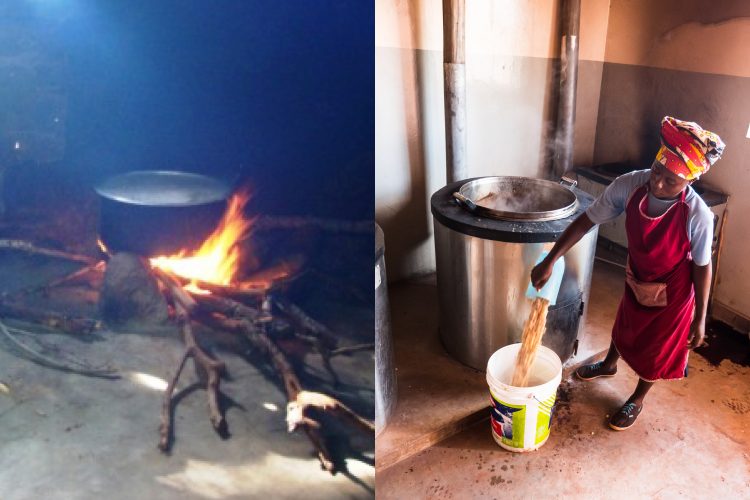
Open fire v energy-saving stove
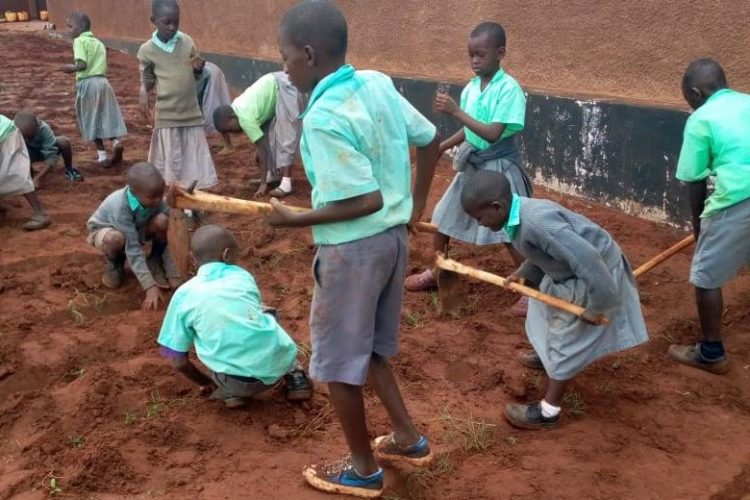
Pupils planting
To help offset our environmental impact we encourage and help schools to plant trees within their compounds. These not only have benefits for the local environment (such as reducing soil erosion and providing shade) but also provide a sustainable fuel source. Activities such as this involve the entire school community and have an added educational benefit for children and their parents.
Our community has seen at first-hand the impacts of climate change with rainfall patterns changing drastically over the last decade and rainy seasons becoming increasingly condensed and volatile. This has disrupted traditional water supplies that communities have relied on. In our partner schools we install high-capacity rainwater storage systems to allow schools to capture rainwater reserves that can last them months and see them through droughts when other sources dry-up.
Only one of our partner schools currently makes use of solar energy for its power needs. The others are all connected to the main national grid however this itself is mainly powered by wind and hydro energy and is therefore relatively ‘clean’.
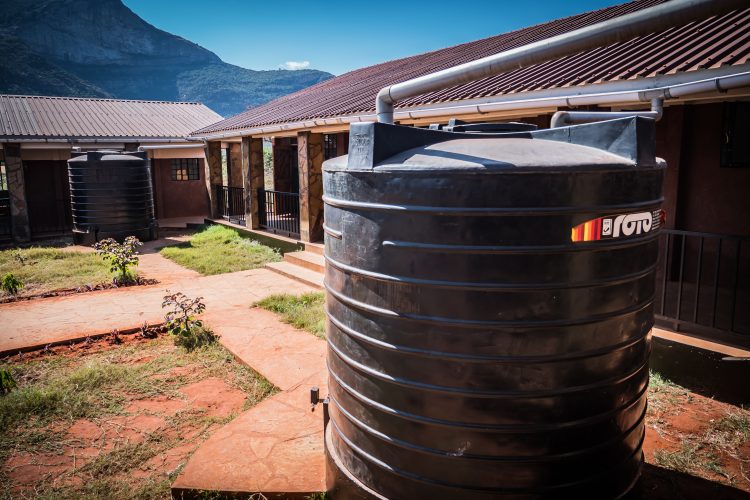
Rainwater storage tank
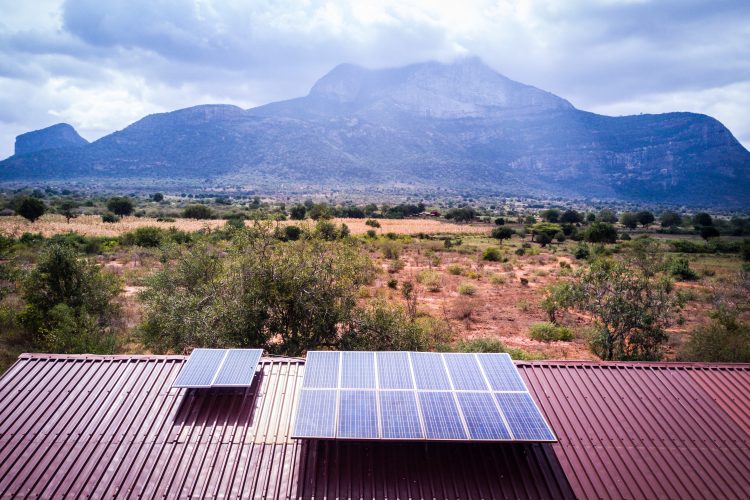
Solar power system
We have ambitions to do even more to reduce our environmental impact where it is cost-effective and practical to do so. If you have any thoughts or ideas about what we could be doing we would be delighted to hear them.


